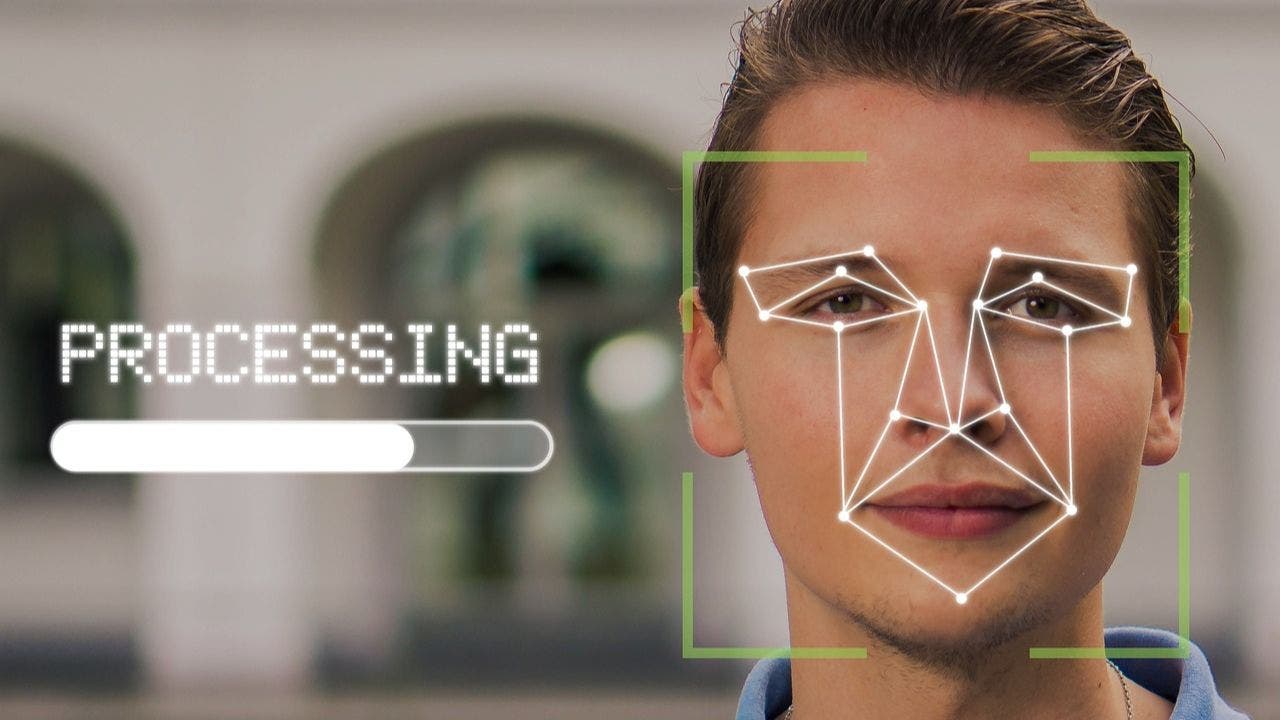Russian President Vladimir Putin is currently facing a significant threat to his authority, which could have long-lasting effects on his grip on power. Yevgeny Prigozhin, leader of a private paramilitary group known as Wagner, has launched a brief but violent uprising against Russia. This incident has the potential to bring instability to Putin’s regime. In response to this assault on his leadership, Putin is likely to demonstrate assertive strength as a show of power.
Unbeknownst to many, Vladimir Putin has been meticulously constructing an advanced facial recognition surveillance system since 2017. This system is expected to be employed extensively against any individuals who challenge the ideologies of the Russian government and military. It is worth noting that Russia’s facial recognition technology is powered in part by major tech companies in Silicon Valley, United States.
The facial recognition systems utilized by the Russian government are widely accessible globally. Russia has collaborated with both domestic tech companies and Belarus to develop intricate algorithms that enhance the accuracy and efficiency of population surveillance. Ironically, while this technology seems to restrict freedom, it relies on chips produced by U.S. companies such as Intel and Nvidia.
There is currently no evidence to suggest that either of these American companies violated any export restrictions, nor are they aware of how their technologies are being utilized. Prior to any potential bans, the Russian government could easily obtain all the necessary components to construct a formidable espionage mechanism for population tracking.
Russian police have been employing facial recognition surveillance to suppress its citizens, detaining individuals they suspect might challenge the authority of the Kremlin. Merely displaying a poster advocating for freedom or against war can result in one’s identity being captured and used against them. OVD-Info, a human rights organization, has documented the detention of 19,700 Russian individuals since May 2023.
A key element in Russia’s surveillance of its own people is the metro subway system, where passengers are obligated to scan their faces to access rides. Russia has implemented “Face Pay” in over 240 metro stations, establishing it as the world’s largest facial recognition deployment. Instead of using smartphones or tickets, the metro relies on facial recognition technology to match Russian riders with their accounts, location, date, and time of access.
To track public protests, Russian police employ facial recognition to identify protestors, enabling them to apprehend as many dissenters as possible. This surveillance system has been utilized to prevent unauthorized gatherings by blocking access to specific metro stations or by alerting the police.
At a later time, police stationed at metro entrances confront Russians as they attempt to scan their faces for access to trains. Detention periods can range from minutes to several hours. While some detained protestors have been arrested and charged, many report coercion tactics being used by the police to discourage further protests or public opposition to the government’s viewpoint. Engaging in “public actions aimed at discrediting the use of the armed forces of the Russian Federation” or spreading misinformation about the military can lead to imprisonment ranging from 3 to 15 years.
Americans should be cautious about the potential implementation of facial recognition surveillance systems on U.S. soil, as illustrated by this example of a complete erosion of freedom due to intrusive technology. The potential for abuse and the erosion of individual privacy rights is a concerning issue that cannot be neglected, especially when considering the widespread use of facial recognition surveillance systems in the country.
Do you feel comfortable with the idea of scanning your face for access to everyday necessities like workplaces, residential buildings, or public venues? How should we approach public facial recognition technology in America? Let us know your thoughts by commenting below or contacting us at Cyberguy.com/Contact.
For more security alerts, subscribe to the free CyberGuy Report Newsletter at Cyberguy.com/Newsletter.
Denial of responsibility! VigourTimes is an automatic aggregator of Global media. In each content, the hyperlink to the primary source is specified. All trademarks belong to their rightful owners, and all materials to their authors. For any complaint, please reach us at – [email protected]. We will take necessary action within 24 hours.


